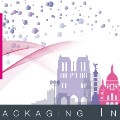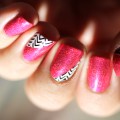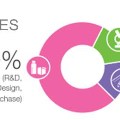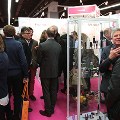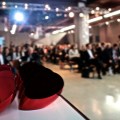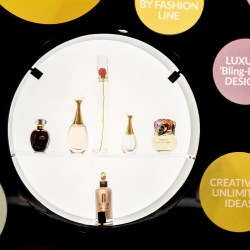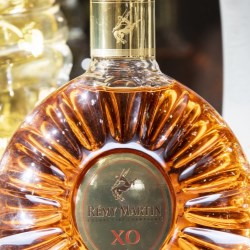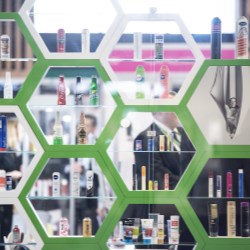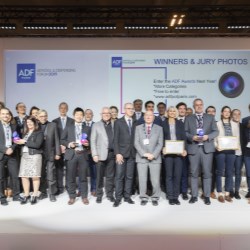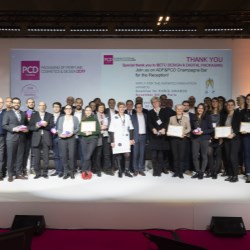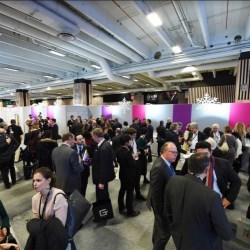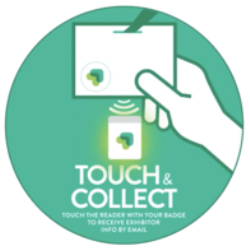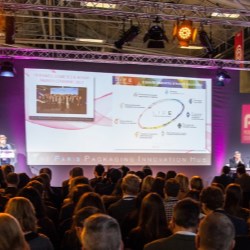If this is your company, CONTACT US to activate Packbase™ software to build your portal.

Should one think before classifying ? Should one classify before thinking?
In a dizzying line of thought developed by Georges Perec in Penser/Classer (Think/Classify), published in 1985, the crucial question of the transmission of knowledge, the method of analysis and organisation of knowledge is raised.
In a world in which the dissemination of information has never been so quick, how should one structure one’s information watch?
- How can one be sure not to miss the information that enables one to leap forward?
- The trend that will pull a market?
- The innovation that will make all the difference?
These are the essential questions that the monitoring tools developed by VIEDOC, a company founded by Bruno Galimand, are designed to answer, while a professional publication like Emballages Magazine reflects the daily life of an industrial activity.
In the face of information overload, efficiency does not lie in quantity but in the quality of the sources of information monitored. Contrary to big data, these tools focus on small data, bringing together all the relevant, useful information.
Editor-in-chief of Emballages Magazine, Henri Saporta spells out: “the first duty of a journalist is to report the facts and situate them in a precise context. Figures, for example, should always be set against a benchmark. With professional information, the accuracy of technical data is key. The uninitiated reader must be able to grasp the importance of a given technology or innovation thanks to simple words and clear explanations”.
Bruno Galimand adds: “the press in general and the professional press in particular propose formal information. A journalist has to re-transcribe the information as faithfully as possible and from a neutral stance. Watch-keeping, or monitoring, on the contrary, consist in comparing information, making a critical analysis and taking a stance in a well-defined context. To this end, the watch-keeper has to draw on all the available sources of information, whether formal or informal.
For example, when a visitor attends a trade fair like The Paris Packaging Innovation Hub (PPIH), there is a wealth of information all over the place, but it is not always easy to grasp. A rigorous methodological approach and a feel for human contact are thus essential.”
Henri Saporta notes : “Organising one’s information watch currently means being in a position to analyse the relevance of a piece of information….providing one has obtained it”.
Bruno Galimand continues: “the journalistic method and the practice of watch-keeping share the same critical spirit. Today, accessible information abounds. What is important is to find the right information. The information that is useful. One can aggregate an infinite amount of content without it ever serving any purpose. The right information is rare information. Method is required to find it and to highlight its importance to the right audience”.
Henri Saporta: “With blogs, social networks, the large number of channels available and instant reactions, journalists now have any number of means to cross-check sources and detect weak….or strong signals. Confidentiality and secrecy are becoming increasingly hazy concepts. It is relevance that truly lies at the heart of the debate. Good information is sometimes the answer to a question one has never asked.”




